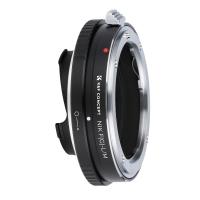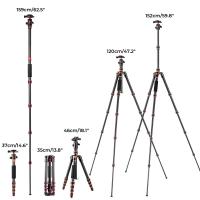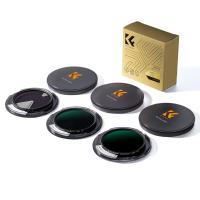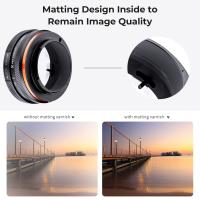Why Oil Immersion Is Used In Microscope ?
Oil immersion is used in microscopy to increase the resolution and clarity of the image. When light passes through a specimen and enters the microscope objective, it undergoes refraction due to the change in medium from air to glass. This refraction can cause the light rays to scatter and reduce the quality of the image.
By using oil immersion, a high refractive index oil is placed between the microscope objective and the specimen. This oil has a refractive index similar to that of glass, which helps to minimize the refraction of light rays. As a result, more light is able to enter the objective and reach the eyepiece, leading to a sharper and more detailed image.
Oil immersion is particularly useful when observing specimens with high magnification objectives, such as those used in oil immersion microscopy. The increased resolution provided by oil immersion allows for the visualization of finer details and structures that may not be visible with other techniques.
1、 Increased resolution and clarity in microscopic imaging.
Oil immersion is used in microscopy to increase the resolution and clarity of microscopic imaging. When light passes through a medium, such as air or glass, it undergoes refraction, which causes the light rays to bend. This refraction can lead to a loss of resolution and clarity in the image produced by the microscope.
Oil immersion helps to minimize this refraction by filling the space between the microscope slide and the objective lens with a high refractive index oil. The oil has a refractive index similar to that of glass, which allows the light rays to pass through without significant bending. This reduces the loss of resolution and clarity, resulting in a sharper and more detailed image.
The use of oil immersion is particularly important when using high magnification objectives, such as the 100x objective lens commonly used in oil immersion microscopy. At this high magnification, even small amounts of refraction can significantly degrade the image quality. By using oil immersion, the light rays can pass through the specimen and the objective lens without bending, allowing for a more accurate representation of the specimen's details.
In recent years, there have been advancements in microscopy techniques, such as confocal microscopy and super-resolution microscopy, which have further enhanced the capabilities of oil immersion microscopy. These techniques, combined with the use of specialized oil immersion objectives, have allowed researchers to achieve even higher resolution and clarity in their microscopic imaging. This has opened up new possibilities for studying and understanding biological structures and processes at the cellular and molecular level.
In conclusion, oil immersion is used in microscopy to increase the resolution and clarity of microscopic imaging by minimizing refraction. It is an essential technique for achieving high-quality images, especially at high magnifications, and has been further enhanced by advancements in microscopy techniques.
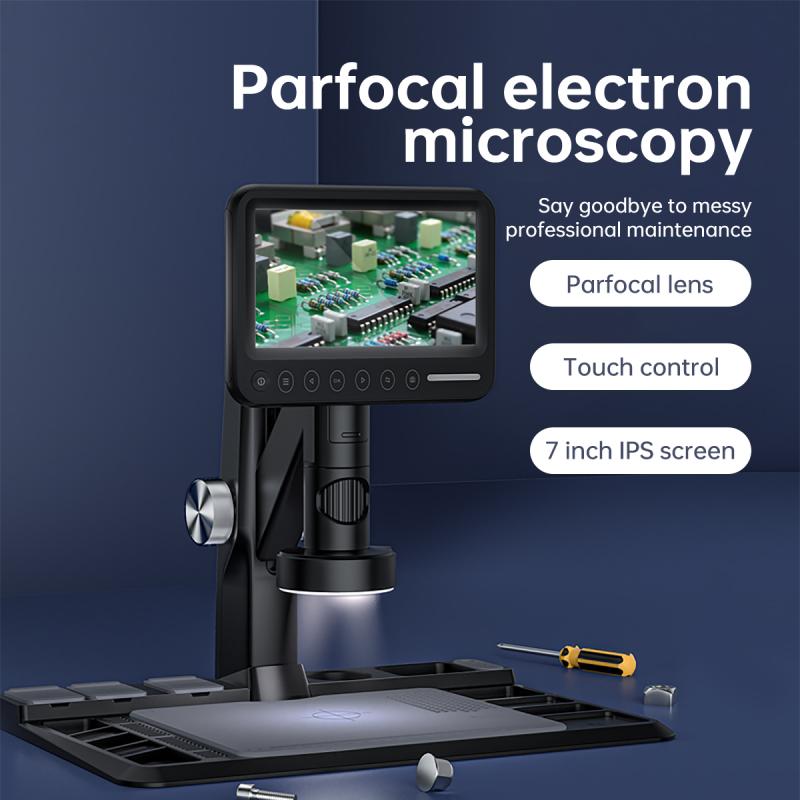
2、 Reduction of refractive index mismatch between specimen and objective lens.
Oil immersion is used in microscopy to reduce the refractive index mismatch between the specimen and the objective lens. The refractive index is a measure of how much light bends as it passes through a medium. When light passes from one medium to another with a different refractive index, such as from air to glass, it can cause the light to scatter and distort the image. This scattering can lead to a loss of resolution and clarity in the microscopic image.
By using oil immersion, the refractive index mismatch between the specimen and the objective lens is minimized. The oil used in oil immersion microscopy has a refractive index that is very close to that of glass, which is the material commonly used for the objective lens. This means that when the oil is placed between the specimen and the objective lens, there is minimal scattering of light and the image remains clear and sharp.
In addition to reducing the refractive index mismatch, oil immersion also helps to increase the numerical aperture (NA) of the objective lens. The NA is a measure of the lens's ability to gather light and resolve fine details. By using oil with a higher refractive index than air, the NA of the objective lens is increased, allowing for higher resolution and improved image quality.
Furthermore, oil immersion is particularly useful when studying specimens with high refractive indices, such as live cells or tissues. These specimens can cause significant scattering of light when viewed under a microscope, leading to a loss of image quality. By using oil immersion, the refractive index mismatch is minimized, allowing for clearer visualization of the specimen.
In conclusion, oil immersion is used in microscopy to reduce the refractive index mismatch between the specimen and the objective lens, resulting in improved resolution and image quality. It is an essential technique in modern microscopy, particularly when studying specimens with high refractive indices.
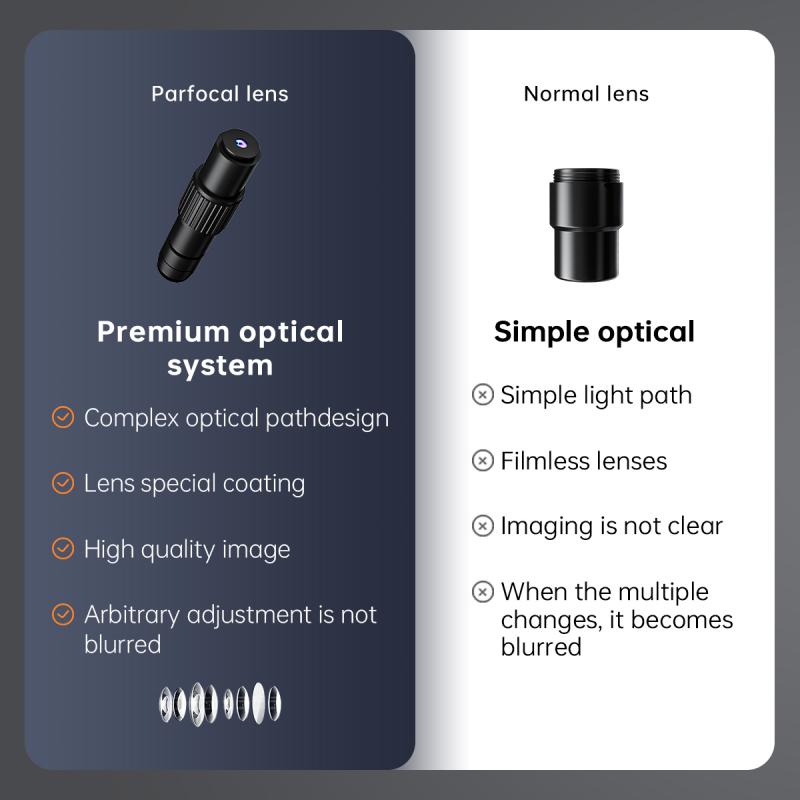
3、 Minimization of spherical aberration and improved image quality.
Oil immersion is used in microscopy to minimize spherical aberration and improve image quality. Spherical aberration is an optical phenomenon that occurs when light rays passing through the periphery of a lens focus at a different point than those passing through the center. This results in a blurred and distorted image.
By using oil immersion, the refractive index between the specimen and the objective lens is matched, reducing the spherical aberration. The oil has a high refractive index, typically around 1.5, which is similar to that of glass. This ensures that the light rays passing through the periphery of the lens are focused at the same point as those passing through the center, resulting in a sharper and more accurate image.
Furthermore, oil immersion also increases the numerical aperture (NA) of the objective lens. NA is a measure of the lens's ability to gather light and resolve fine details. By increasing the NA, oil immersion allows for higher resolution and better visualization of small structures within the specimen.
In recent years, there have been advancements in oil immersion techniques. For example, the development of high refractive index immersion oils with even higher refractive indices than traditional oils has further improved image quality. These oils have refractive indices closer to that of the glass used in the objective lens, minimizing spherical aberration even more effectively.
Additionally, the use of specialized immersion objectives with correction collars allows for fine-tuning of the spherical aberration correction, resulting in even sharper and clearer images. These advancements have greatly enhanced the capabilities of oil immersion microscopy and have made it an indispensable tool in various fields such as biology, medicine, and materials science.
In conclusion, oil immersion is used in microscopy to minimize spherical aberration and improve image quality. The use of high refractive index oils and specialized objectives has further enhanced the effectiveness of oil immersion techniques, allowing for higher resolution and better visualization of microscopic structures.
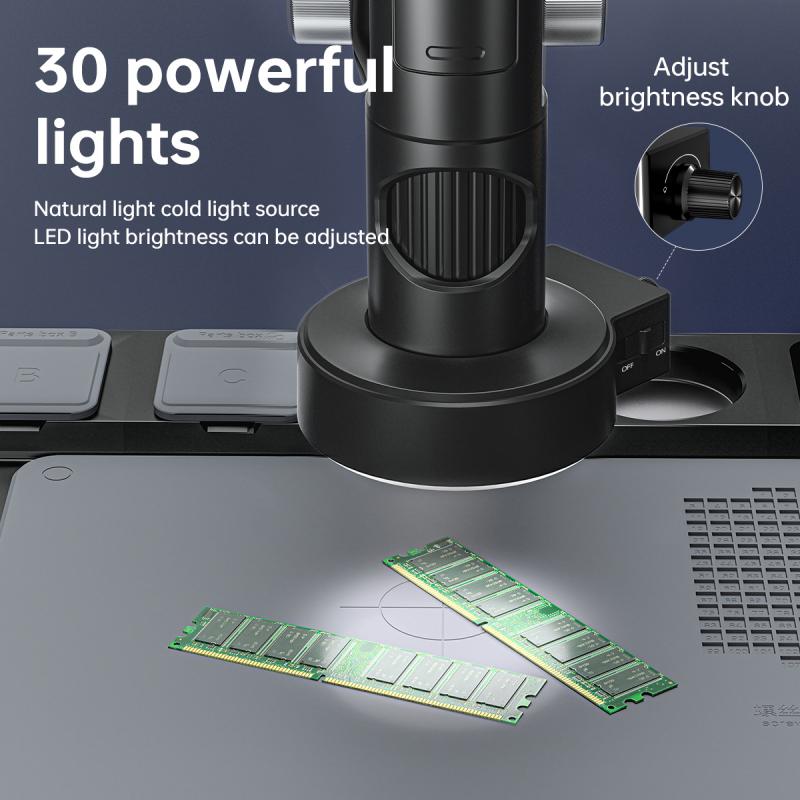
4、 Enhanced visualization of fine details and structures.
Oil immersion is used in microscopy to enhance the visualization of fine details and structures. When light passes through a specimen and enters the objective lens of a microscope, it undergoes refraction due to the change in medium. This refraction can cause a loss of resolution and blurring of the image.
Oil immersion is employed to minimize this refraction and improve the resolution of the microscope. The refractive index of oil is similar to that of glass, which allows for a more efficient transfer of light from the specimen to the objective lens. By placing a drop of oil between the specimen and the objective lens, the light rays are less likely to scatter or refract, resulting in a clearer and more detailed image.
The use of oil immersion is particularly beneficial when observing specimens with high magnification objectives, such as those used in high-resolution microscopy techniques like confocal microscopy or fluorescence microscopy. These techniques require a high level of resolution to visualize fine details, and oil immersion helps to achieve this by reducing the loss of resolution caused by refraction.
Furthermore, recent advancements in oil immersion techniques have led to the development of specialized oils with improved optical properties. These oils have higher refractive indices and lower viscosity, allowing for even better resolution and image quality. Additionally, some oils are designed to be compatible with specific staining techniques or fluorescent dyes, further enhancing the visualization of specific structures or molecules within the specimen.
In conclusion, oil immersion is used in microscopy to enhance the visualization of fine details and structures by minimizing refraction and improving resolution. Ongoing advancements in oil immersion techniques continue to push the boundaries of microscopic imaging, enabling researchers to explore and understand the intricate world of microscopic organisms and structures.












